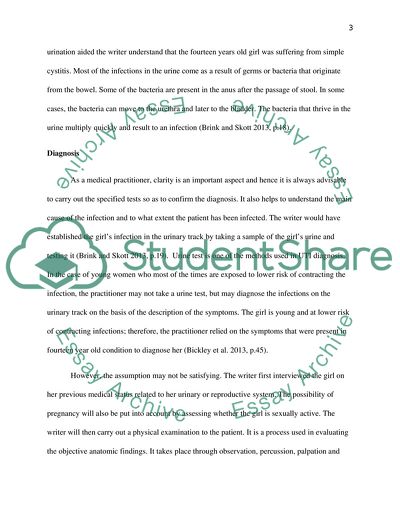Cite this document
(A REFLECTIVE ACCOUNT ON A 14 YR. OLD FEMALE PATIENT WITH PAINFUL Essay, n.d.)
A REFLECTIVE ACCOUNT ON A 14 YR. OLD FEMALE PATIENT WITH PAINFUL Essay. https://studentshare.org/medical-science/1830863-the-lower-urinary-tract-infection
A REFLECTIVE ACCOUNT ON A 14 YR. OLD FEMALE PATIENT WITH PAINFUL Essay. https://studentshare.org/medical-science/1830863-the-lower-urinary-tract-infection
(A REFLECTIVE ACCOUNT ON A 14 YR. OLD FEMALE PATIENT WITH PAINFUL Essay)
A REFLECTIVE ACCOUNT ON A 14 YR. OLD FEMALE PATIENT WITH PAINFUL Essay. https://studentshare.org/medical-science/1830863-the-lower-urinary-tract-infection.
A REFLECTIVE ACCOUNT ON A 14 YR. OLD FEMALE PATIENT WITH PAINFUL Essay. https://studentshare.org/medical-science/1830863-the-lower-urinary-tract-infection.
“A REFLECTIVE ACCOUNT ON A 14 YR. OLD FEMALE PATIENT WITH PAINFUL Essay”. https://studentshare.org/medical-science/1830863-the-lower-urinary-tract-infection.


